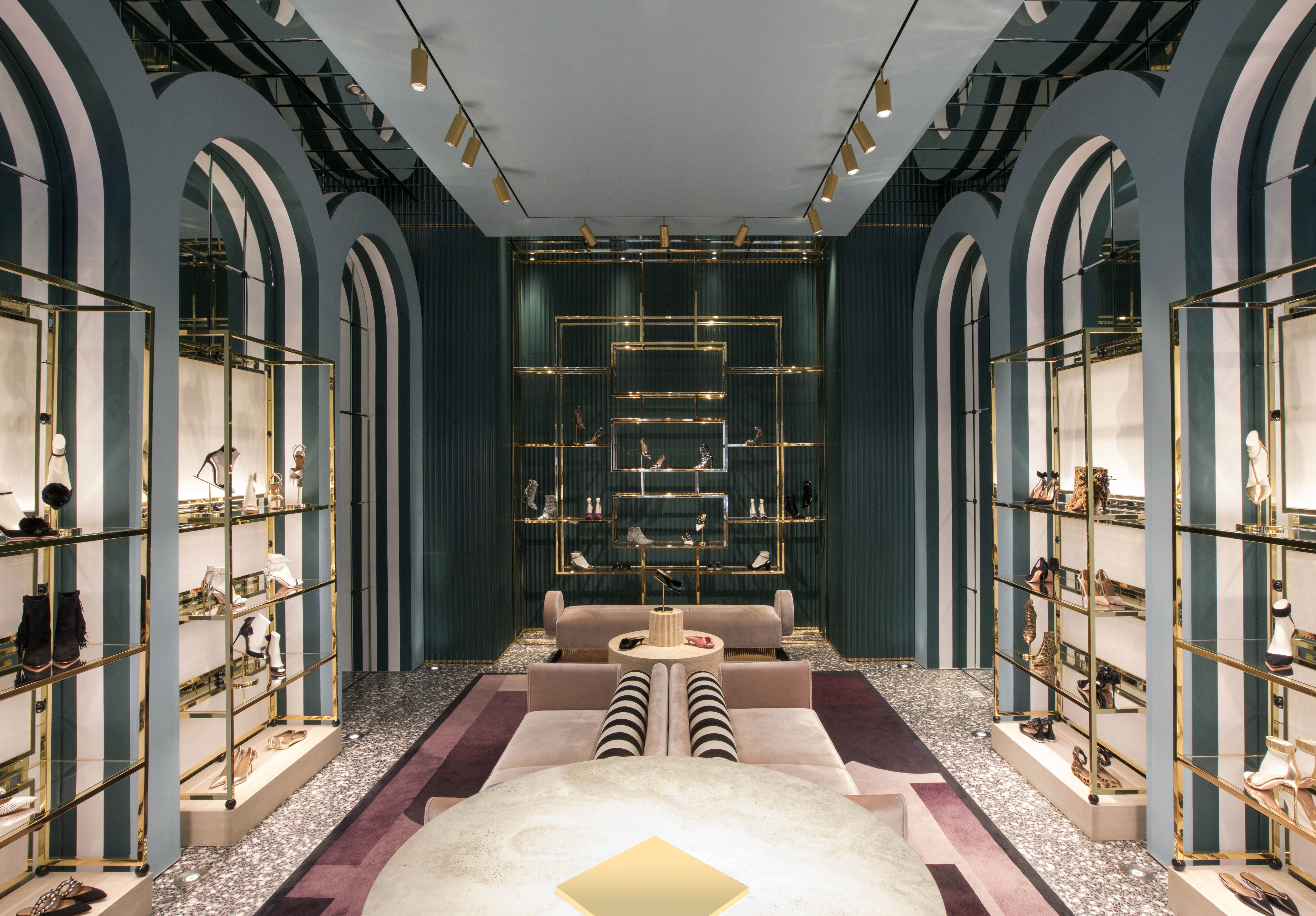The Impact of Social Media on Today's Boutique Fashion Trends
The Impact of Social Media on Today's Boutique Fashion Trends
Blog Article
Exploring the Development and Influence of Apparel on Modern Fashion Trends
The evolution of garments has dramatically influenced contemporary fashion fads, combining historic criteria with sophisticated developments. Famous figures like Coco Chanel and Yves Saint Laurent reinvented the style industry by presenting concepts that prioritize comfort and access, which continue to reverberate today.
Historical Style Influencers
In the tapestry of style history, particular numbers have left an indelible mark, shaping the patterns and designs that specify entire ages. Coco Chanel, an advanced developer, redefined women's fashion by introducing comfy, elegant clothing that left from limiting corsets.
Elsa Schiaparelli is one more crucial number, renowned for her avant-garde layouts that integrated surrealist art, working together with Salvador Dalí to develop wayward items that tested standard appearances. Her innovative use color and vibrant patterns resounds in modern fashion. Yves Saint Laurent, meanwhile, democratized haute couture with prêt-à-porter collections, bringing runway designs to the masses and setting a criterion for modern-day ready-to-wear lines.
These dreamers, to name a few, not just revolutionized fashion in their times however also established withstanding patterns that reverberate in today's garment industry, offering a structure upon which contemporary developers remain to introduce and construct. Their heritages emphasize the importance of creative thinking and daring in style's ever-evolving story.
Technical Developments in vogue
Amidst the dynamic landscape of the fashion business, technological innovations stand at the leading edge of development, reshaping exactly how designers develop and customers involve with fashion. The assimilation of 3D printing has actually changed design processes, enabling designers to experiment with intricate frameworks and sustainable products that were previously inconceivable. This technology assists in rapid prototyping, minimizing waste and expediting manufacturing times.

Smart textiles, embedding technology into textiles, are likewise transforming the industry. Innovations like self-cleaning and temperature-regulating textiles provide improved capability and convenience. Wearable modern technology, integrating functions like physical fitness tracking and interaction, includes a brand-new dimension to fashion, combining appearances with functionality.
Social Shifts and Design
As technological developments proceed to improve the apparel industry, social shifts are equally prominent, redefining design and consumer preferences. In recent times, the rise of social media sites platforms has sped up the circulation of global style patterns, enabling varied cultural impacts to merge and exist together. This electronic interconnectivity has actually helped with the fast exchange of ideas, bring about an extra inclusive and diverse analysis of style that reflects the multifaceted nature of modern society.
Social recognition and recognition have prompted developers to draw inspiration from a broader spectrum of ethnic and historic contexts, integrating conventional motifs with modern aesthetic appeals. This combination has led to style that reverberates with a bigger target market, promoting a feeling of identity and belonging across different demographics. In addition, the boosting demand for customization has actually driven brands to offer customizable options, enabling customers to express originality while showing their social heritage.
Additionally, shifting social worths have actually influenced style, with inclusivity and diversity ending up being central motifs. The industry has actually started to accept versions and influencers of different type of body, ethnic cultures, and gender identifications, tough standard appeal requirements. This change emphasizes the power of cultural shifts in forming the future of style, as Your Domain Name design ends up being a much more genuine expression of cumulative and personal identity.
Sustainability and Modern Design
While the fashion sector proceeds to progress, the important for sustainability has actually ended up being increasingly urgent, influencing modern design techniques. The rise of sluggish style, which highlights top quality over amount, motivates customers to invest in classic pieces instead than short-term trends.
Furthermore, modern layout is characterized by its technology in reducing waste and advertising circularity. Techniques such as zero-waste pattern cutting and 3D knitting are acquiring grip, allowing designers to produce garments with very little textile wastefulness. Furthermore, brands are adopting transparent supply chains, making certain liability and fostering consumer depend on. This strategy not just reduces environmental influence however additionally boosts the social responsibility of style houses.

Future Trends in Fashion

Sustainability will remain to be a driving pressure in forming future style patterns. The market is increasingly adopting environment-friendly materials and ethical manufacturing approaches, reacting to an expanding customer need for liable methods. Advancements such as bio-fabricated products and closed-loop recycling systems are readied to redefine just how clothing is produced and consumed, minimizing ecological effect while keeping style and top quality.
Cultural shifts, including the surge of inclusivity and variety, will certainly additionally play a pivotal role. As culture comes to be more mindful of social issues, style is expected to become a system for expression and modification. Designers will likely concentrate on producing collections that mirror a wider series of identifications and experiences, promoting representation and access.
Final Thought
The advancement of clothing dramatically impacts contemporary style patterns, where historical impacts merge with modern styles. Trick figures like Coco Chanel and Yves Saint Laurent have redefined style, while technical innovations such as 3D printing and wise fabrics increase innovative opportunities. Cultural changes towards inclusivity and sustainability compel brand names to welcome and take on moral methods diversity. This continuous development underscores style's duty as a mirror to social worths and technical innovation, recommending a future abundant with development and inclusivity.
The evolution of apparel has substantially affected modern fashion patterns, merging historic criteria with innovative over at this website advancements.In the middle of the vibrant landscape of the style industry, technological improvements stand at the center of technology, reshaping just how developers create and customers involve with style.While the style market continues to advance, the critical for sustainability has ended up being progressively urgent, affecting modern design techniques. As sustainability comes to be ingrained in modern style, it paves the way for a much more conscious and accountable fashion market.
The advancement of clothes considerably affects contemporary fashion fads, where historical influences combine with modern designs.
Report this page